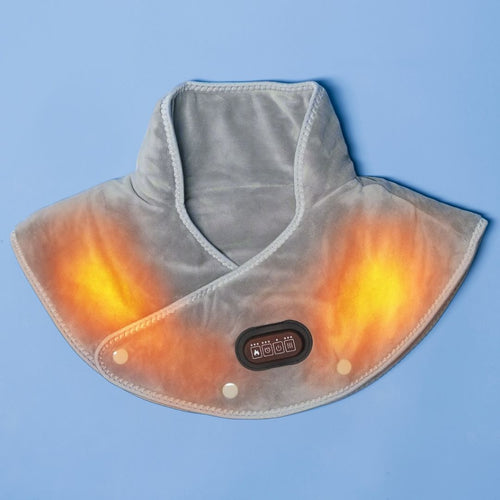Natural Remedies for Joint Pain That Actually Work
By Holly Grace Callis | Published on April 28, 2025
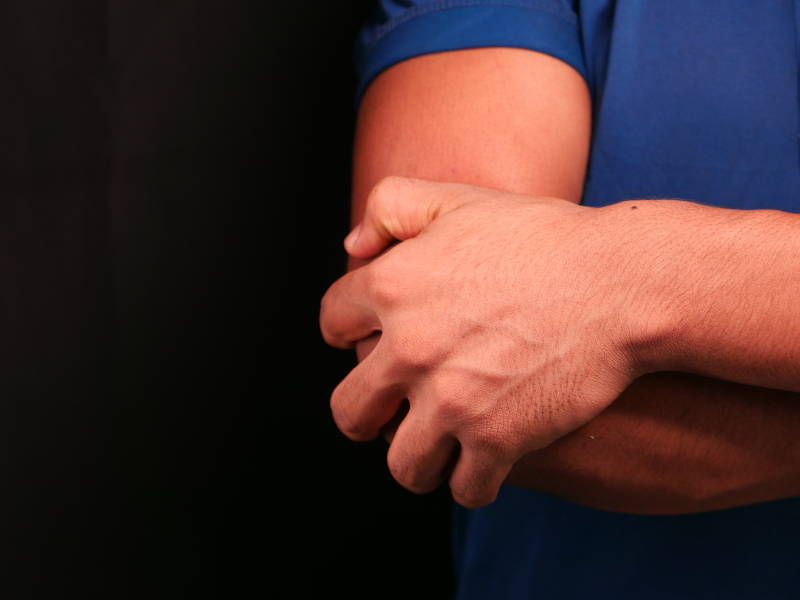
Joint pain is one of the most common physical complaints worldwide. More than 1.71 billion people experience the impact of musculoskeletal conditions. That number is set to rise again by 2050.
Millions of people of all ages experience chronic pain from health conditions. Joint pain isn't just something the elderly have to manage. These symptoms are more than just an annoyance. Everyday activities, from work to sleep, can be difficult to manage due to ongoing pain.
Many medications and conventional treatments help to relieve pain in the short term. But they are not viable solutions. Many can come with unwanted side effects with daily use, and who wants that on top of pain?
More and more people are turning to natural remedies for joint pain. These remedies gently support the body without reliance on pharmaceuticals. Moving to a more holistic approach to pain management isn't a fad or a trend. It is a thoughtful approach to wellness that prioritizes healing and prevention.
This article will explore some of the best practical ways to naturally reduce joint discomfort and pain. Read on to find out how you can find joint pain relief naturally.
What Causes Joint Pain?
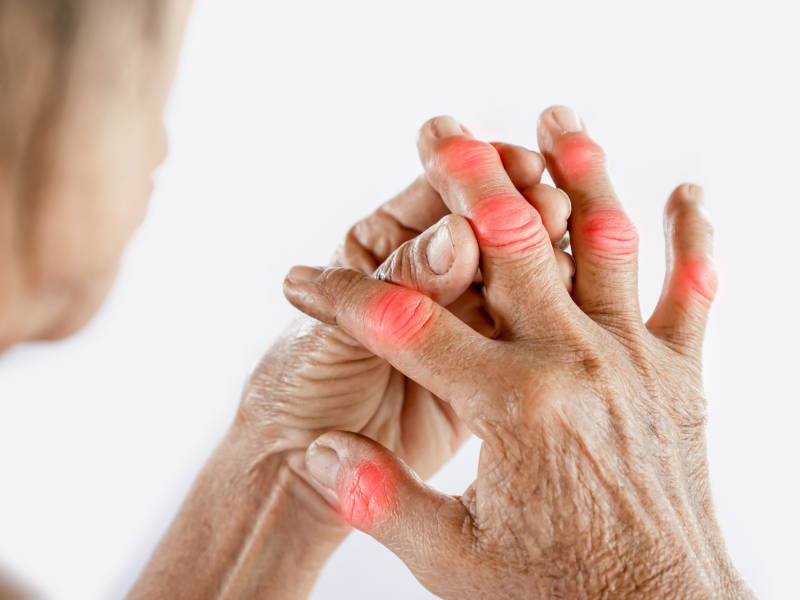
Treating joint pain is difficult if you don't know why you have it in the first place. Persistent inflammation and joint pain can affect movement and overall quality of life. Knowing what is happening inside your body is your first defense against persistent pain.
It can be easy to dismiss joint pain as a normal part of aging, but that isn't necessarily the case. Underlying health conditions can make the pain we feel worse or even be the source of our pain. Many of these conditions are manageable (or even preventable) with proper care.
Arthritis Pain
Arthritis is the most common cause of joint pain (and probably the most well-known.) But did you know that arthritis covers over 100 joint-related disorders?
The two most recognized forms of arthritis are rheumatoid arthritis and psoriatic arthritis. These are both autoimmune diseases where the body mistakenly attacks its own connective tissue.
This causes swelling and stiffness and can lead to long-term joint damage.
1. Rheumatoid arthritis commonly affects smaller joints like your hands and wrists. It can lead to significant deformation and even disability over time.
2. Psoriatic arthritis is often accompanied by psoriasis. It can affect the skin and joints at the same time and cause pain in areas like the fingers, knees, and lower back.
Inflammation
Joint inflammation is one of the biggest causes of painful joints. This happens when our immune system reacts to injury or autoimmune diseases and illnesses.
Inflammation is a way for our body to protect itself. If the inflammation becomes chronic, you will experience ongoing pain, stiffness, and swelling.
Injuries, Strain, and Illness
Musculoskeletal pain is caused by injuries, repetitive strain, and daily wear and tear. Illnesses like inflammatory bowel disease can also make joint problems worse. This is because the health of our gut and the rest of our body is inextricably linked.
Now, let's take a look at some of the ways you can find natural relief from painful joints.
Massage Therapy

Sometimes, the most effective relief for joint pain and tight muscles is touch.
Massage therapy (professionally or at home) can be an excellent way of managing joint and muscle aches. A good massage can be all you need to ease pain and reduce any lingering tension in the painful area.
A trained massage therapist will know the right ways to target sore spots and the specific aching muscle groups. They work to release any built-up tension and increase blood flow to your joints. The boost in circulation will go a long way toward addressing your pain.
Improved blood flow helps deliver the healing oxygen-rich nutrients your body needs to heal. It also interrupts pain signals. A good massage can provide immediate relief to people managing pain and inflammation.
Topical Relief

Applying topical creams can help relieve arthritis pain and other joint aches and pains. These creams contain ingredients like menthol, camphor, or arnica. These ingredients help support pain relief with anti-inflammatory or cooling and soothing properties.
Capsaicin Cream
Capsaicin cream is an interesting topical cream made from hot chili peppers. It works by blocking one of the chemicals in the body that transmits pain. Capsaicin cream is a good way to help arthritis-related discomfort. Capsaicin helps to reduce how tender and sensitive our joints and muscles feel over time.
Heating Pads
A moist heating pad is another good pain reliever that you can apply directly to your skin.
Controlled moist heat helps to loosen stiff joints and muscles as it penetrates our skin and tissues. Many people find that moist heat works better than dry heat. They find the pain-relieving properties work best after activity or before they go to bed.
Some people also find relief from using warm paraffin wax dips that soothe fingers or wrists affected by arthritis.
Anti-Inflammatory Foods and Supplements

What we eat determines how we feel. This is especially true for joint health. In fact, the Arthritis Foundation encourages people with arthritis to focus on nutrition and eat healthily.
A healthy diet rich in anti-inflammatory foods can provide lasting relief for people living with chronic pain. This is because these foods support our immune system and, in turn, reduce joint pain.
What To Eat
Omega-3 fatty acids are found in fish oil. They help ease arthritis pain by lowering inflammation throughout the body. To see the benefits, regularly include salmon, sardines, or other fatty fish in your diet.
Vegetarian or vegan? Extra virgin olive oil is rich in monounsaturated fats and antioxidants. These both have natural anti-inflammatory effects.
Oxidative stress leads to inflammation and tissue breakdown. Foods with plenty of antioxidants and phytochemicals can help prevent this stress:
-Leafy greens, berries, and nuts are good choices.
-Turmeric and ginger have properties that help reduce pain and protect joints.
What To Cut Down On
Whole foods and nutrient-dense meals aren't only going to help with joint pain. When you eat more whole foods, you can see other benefits like:
-Getting sick less often
-Having more energy
-Feeling happier and in a better mood
It isn't enough to add these things to our diets. We need to cut out or reduce the number of foods we eat that cause inflammatory responses in the body.
You can manage chronic pain better by cutting out:
-Fried foods
-Ultra-processed snacks
-Sugary drinks and candy
Dietary Supplements
It can be difficult to get the right nutrients if you have a chronic illness. Conditions like inflammatory bowel disease make it hard to get what we need through our diet. That is where dietary supplements come in.
Studies have shown that some of the best supplements to take for joint pain are:
1. Turmeric supplements that contain curcumin
2. Concentrated fish oil capsules
Both of these supplements work best to relieve pain when they are taken daily.
You should always talk to your doctor before taking any new dietary supplements.
Movement, Posture, and Physical Therapy
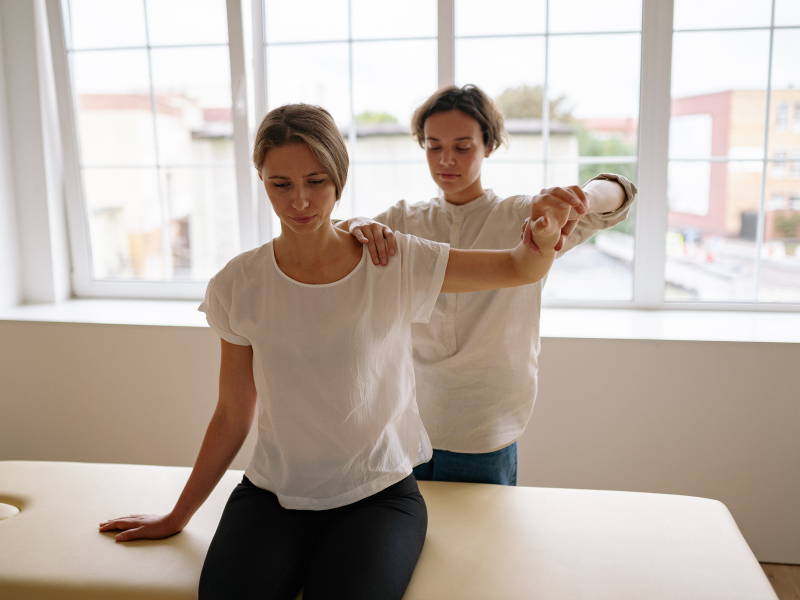
Moving around more may be the last thing you want to do when dealing with sore joints. Still, regular physical activity is one of the most effective ways to support joint health. We don't mean anything too strenuous! Even gentle activity can improve pain and help you build strength in the long term.
If you are struggling with chronic diseases like arthritis, you may feel that staying still or sedentary is best. But, too much rest can lead to an increased feeling of stiffness and reduce your range of motion over time.
Therapeutic Movement
Guided movement can be great for people living with joint pain. A physical therapist or an occupational therapist can assess mobility and identify limitations.
Your physical or occupational therapist can help you create an exercise program that works for you. They will also track your progress and improvements in your strength and flexibility.
Therapeutic movement can help you manage pain without aggravating your joints more.
Stretching and other low-impact exercises can all help improve your circulation. As we learned earlier, better blood flow means healthier muscles and joints.
Improving Posture
Maintaining good posture is another simple way to help with pain management. Poor posture puts unnecessary strain on parts of your body and makes any existing pain even worse.
Your movement therapist will be able to help you fix your posture and keep your joints aligned. A structured treatment plan should support any movement routine. Your healthcare provider or physical therapist can help guide you through the right exercises.
Mind-Body Techniques & Stress Reduction
The connection between our emotional well-being and how we feel in our bodies is much stronger than many people realize. Our mind-body connection shapes how we perceive and respond to pain (including joint issues and inflammation.)
Stress and Relaxation
When we are stressed, our bodies produce hormones like cortisol and adrenaline. These hormones heighten pain signals and increase inflammation, making the pain we feel more acute and harder to deal with.
Relaxation techniques and stress management can help to ease pain naturally. Practices such as deep breathing and meditation have both been shown to reduce pain and promote emotional resilience. Even journaling can be a helpful way to lower stress.
Any of these practices aim to calm the nervous system and bring our bodies back into balance. Studies show that people who engage in these practices feel better within themselves. They also report fewer flare-ups and get better sleep.
Mindfulness
People with chronic pain can often feel anxious and helpless. Being able to identify our negative thoughts and then reframe them can help reduce these feelings. This is called mindfulness.
Many people notice a big improvement in their symptoms when engaging in mindfulness. They also enjoy other mental and physical health benefits of shifting their mindset. Your doctor can give you more information on how to relieve stress through mindfulness practices.
Heat and Cold Therapies

Sometimes, the simplest methods can offer the most effective pain relief. Hot and cold therapies can provide much-needed relief for many people struggling to manage their aching joints.
Cold therapy can help reduce swelling and numb painful joints during flare-ups. Applying an ice pack wrapped in a towel for 15–20 minutes can help calm inflammation and reduce joint pain. This means you need fewer over-the-counter nonsteroidal anti-inflammatory drugs.
Heat is excellent for loosening stiff or tight joints. A moist heating pad, warm bath, or warm paraffin wax treatment can ease arthritis pain by relaxing muscles and increasing blood flow.
To prevent burns or irritation, always use a barrier between the skin and the source and avoid extreme temperatures.
When to Seek Professional Help for Joint Pain
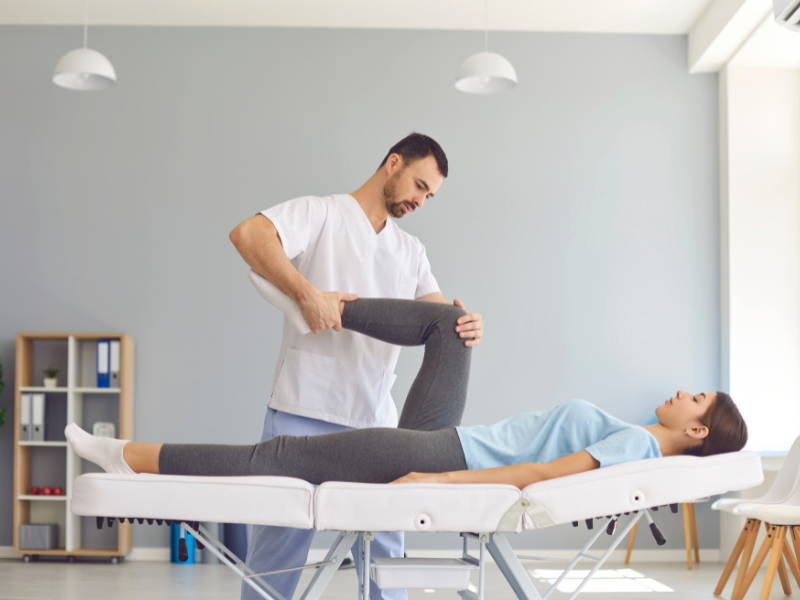
The natural methods and the techniques in this article can make managing your pain easier. These strategies work best when they are part of a larger, personalized care plan.
You should always talk to your doctor if your symptoms are getting worse or interfering with your daily life. A qualified healthcare professional can help you explore your treatment options. They will also work to develop a treatment plan that works best for you.
Take Control of Your Joint Health, Naturally
You don't have to live with joint pain as a constant companion. The strategies and natural remedies we have spoken about can help ease your pain. The best way to do it is to incorporate them into your treatment plan with natural pain relief products.
No solution works overnight. But, small steps taken consistently can improve pain and improve your life. Better joint health starts with awareness, intention, and the belief that pain relief is within reach.



